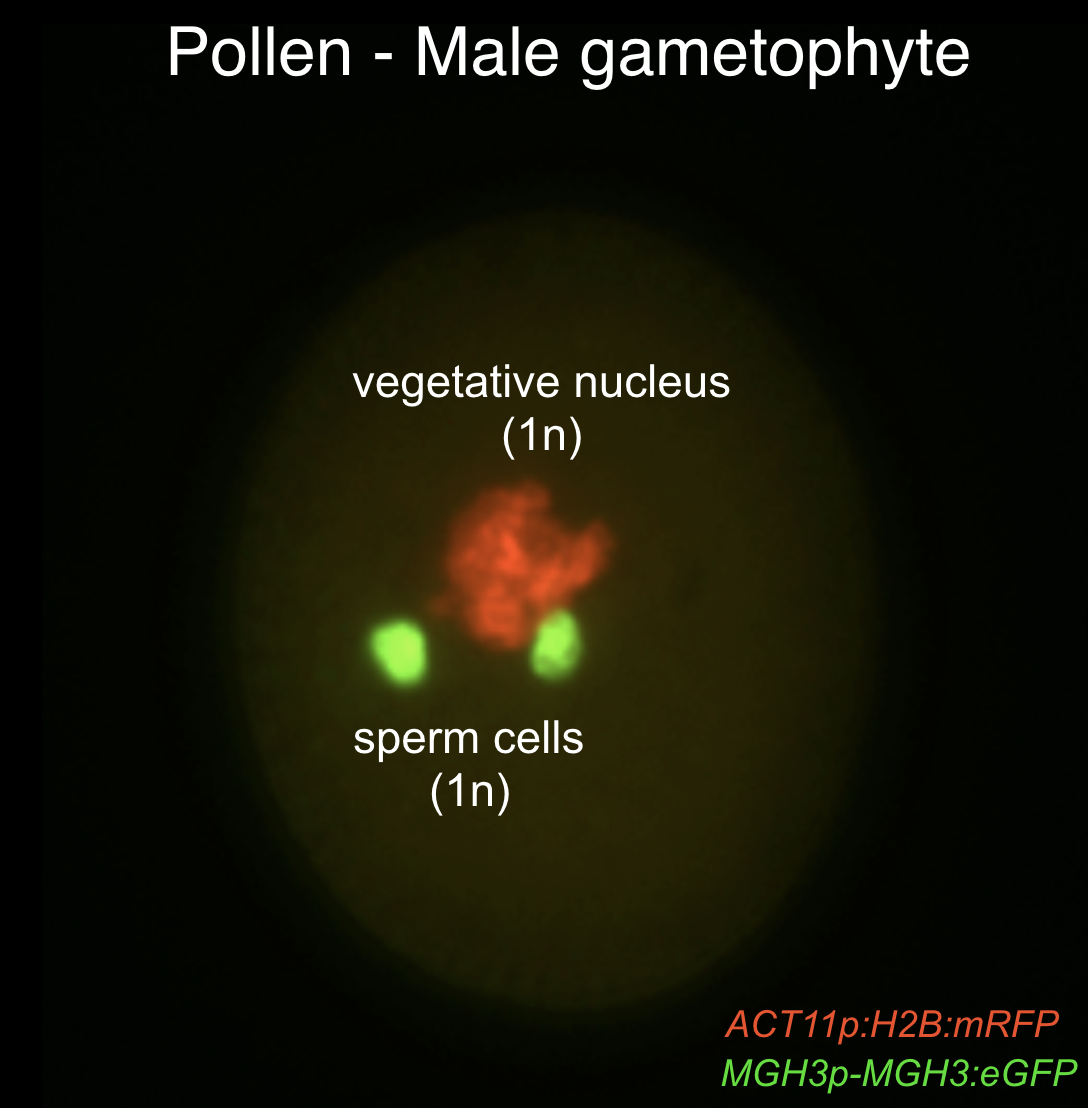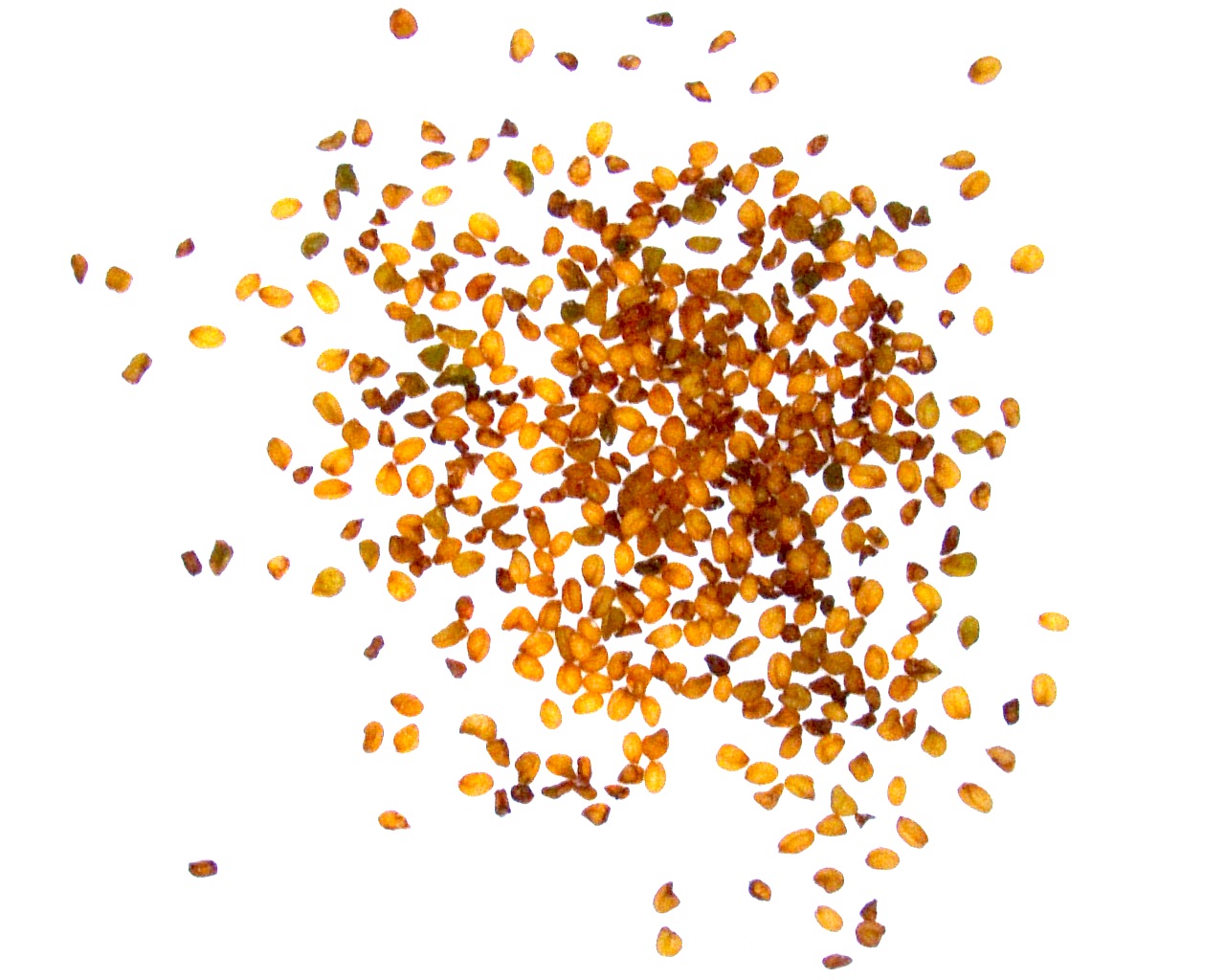Epigenetic control of transposon activity in pollen and hybrid seeds
Transposable elements (TEs) are major contributors to the evolution of eukaryotic genomes, but their potentially mutagenic activity also requires complex cellular mechanisms to constrain TE expression and proliferation. We perform comparative transcriptome and epigenome analyses in pollen and seeds of different plant species, to study the role of small RNAs and DNA methylation in reprogramming and transgenerational inheritance of transposon silencing.

In many angiosperms, the inability to hybridize closely related species or parents with different ploidy is often associated with failure in endosperm development and seed collapse. Interploidy hybridizations with paternal excess result in endosperm over-proliferation and seed abortion, which is known as the “triploid block” response. miRNAs and transposon-derived small RNAs in pollen are associated with the triploid block response in Arabidopsis, suggesting that variation in transposon activity and dosage between parental lines contributes to reproductive isolation via small RNA. We are investigating the origins, dynamics and function of transposon-derived small RNA subsets responsible for interploidy and interspecific hybrid seed lethality.

Projects:
EpiHYBRIDS (ANR-JCJC, AAPG 2019)
Transposable elements (TEs) are major contributors to the evolution of eukaryotic genomes, but their potentially mutagenic activity also requires complex cellular mechanisms to constrain TE expression and proliferation. We perform comparative transcriptome and epigenome analyses in pollen and seeds of different plant species, to study the role of small RNAs and DNA methylation in reprogramming and transgenerational inheritance of transposon silencing.

Pollen grain (Arabidopsis thaliana)
In many angiosperms, the inability to hybridize closely related species or parents with different ploidy is often associated with failure in endosperm development and seed collapse. Interploidy hybridizations with paternal excess result in endosperm over-proliferation and seed abortion, which is known as the “triploid block” response. miRNAs and transposon-derived small RNAs in pollen are associated with the triploid block response in Arabidopsis, suggesting that variation in transposon activity and dosage between parental lines contributes to reproductive isolation via small RNA. We are investigating the origins, dynamics and function of transposon-derived small RNA subsets responsible for interploidy and interspecific hybrid seed lethality.

Triploid block in Arabidopsis thaliana
Projects:
EpiHYBRIDS (ANR-JCJC, AAPG 2019)
